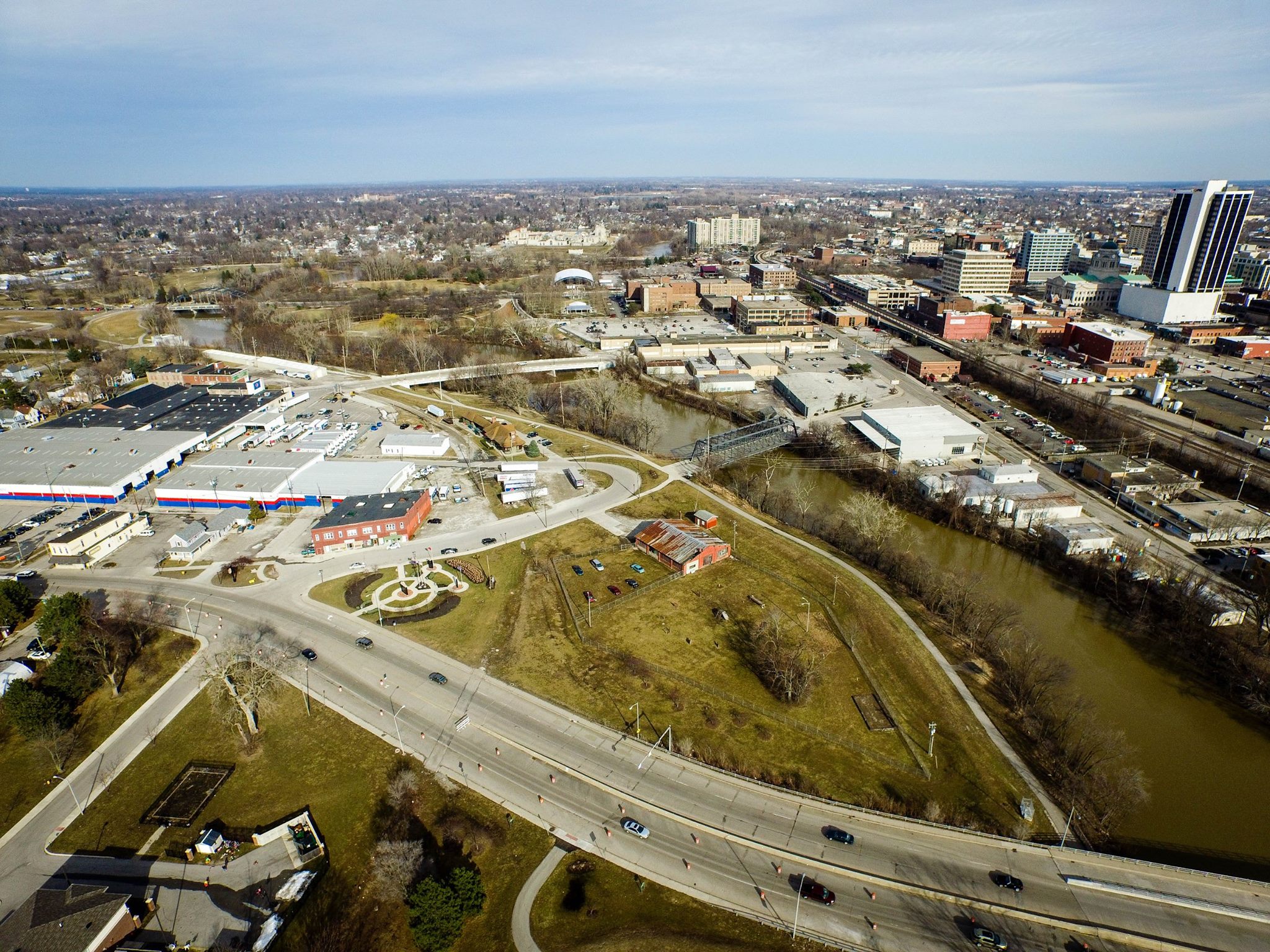
Or as we like to call it: “Elbow Room in the City of Three Rivers.”
For several years we’ve plied our trade in Northeast Indiana, advocated for the community, and marketed the pants off a downtown development concept designed to make the riverfront something just this side of unique, authentic, and magical.
I recently reflected on the journey in this piece for the Journal Gazette.
“Before I knew anything about economic development or would come to intimately understand terms such as “quality of life,” I had lived in Los Angeles and Chicago for school and work. Before that, I had spent my childhood growing up in Spencerville in a home perched on the St. Joe River. Before that, I had come to love the city’s story, its history and its industrious, innovative identity.
It wasn’t until my first game at Parkview Field, among the electricity of an evening ball game, surrounded by the crowds and a city skyline illuminated by evening light, that I first came to understand terms such as “placemaking” and “urban redevelopment.” After all, I didn’t need to even like baseball to love the experience of being downtown.
On that evening, I thought to myself that if the city could create this experience – this sense of joy, community and activity – maybe, just maybe, there was a place for my ideas, and me too. “Maybe this city,” I thought to myself, “can do great things.”
Not long after this, emboldened by a passion for the city’s story, I began a fact-finding mission to see whether that was true. This was before conversations about riverfront development took root and before Legacy Fort Wayne.
I was fortunate to walk directly into the middle of a developing conversation about how to remake the city and the region. There were lengthy and involved discussions about the city’s identity and its Rust Belt origins. Terms such as “swagger” were used to describe a shared vision for the city among citizens and civic leaders. People were challenged to “be outrageous” and offer their voice and ideas to the larger conversation about the quality of life in the region and what to do to make the city great again.
As it turns out, there was what I like to call “elbow room” in the conversation for me. It was around this time that I asked John Urbahns, then the director of Community Development, “what does a 23-year-old kid from Spencerville do with an idea in this town?”
As a creative by trade, it didn’t do me any good to have ideas and not explore and invest in them. So invest I did – never assured of any particular outcome and content at least to know that I’d do everything I could to see it through. For several years I met with neighborhood representatives and business owners, politicians and economic development aficionados. I was kept up nights by the journey. I invested as much in the idea as I did my freelance business, if not more so. While many great friends have been made along the way, I sometimes clashed perhaps less with people, but more often with the types of perspectives that asphyxiate progressive communities. I even watched as buildings were torn down and the idea occasionally dismissed by those who didn’t share my optimism or outlook or had other plans of their own in mind. Along the way there were naysayers (and surely still are), and the road to completion is long and there really aren’t any guarantees.
Late last year, that idea – a rail-themed attraction that would house the 765 steam locomotive on the north side of the St. Marys River east of Wells Street – was rolled into the master plan for the riverfront. Early this year, that idea became the centerpiece to Phase 1 of the riverfront plan. The city and its consultants had come to believe in its important cultural and economic benefits, and the idea came to land only a few feet from where it was originally envisioned. I’ve long held that it would help the city say something about itself and help the world discover its story.
“Talent retention” is another popular term in economic development circles – and for good reason. I was retained by that vision at Parkview Field. Along the way, I was fueled by the community, CEOs and city planners who put up with me and heard me out. Support and acknowledgment came from the city, the regional partnership, Young Leaders of Northeast Indiana, Wells Street Corridor, and numerous neighborhood associations and organizations.
As riverfront development takes hold, and dialogue continues about the region’s urban core and attracting and retaining talent, I hope readers will recognize the potential in people who are invested in their community. I hope that civic and business leaders will continue to value the important, intangible invitations created by the city’s brick-and-mortar efforts. I hope that the community will go out of its way to charge young people, women and minorities with joining the conversation, too. Don’t just include these people on committees – put them on the ground floor.
I challenge the community to combat its own negative self-fulfilling prophecies and its obsession with narrow thinking. I challenge the established guard and private sector to step out of the shadows and into the warm sunlight of revitalization.
How many hundreds more like me are about to make that critical decision to stay or to leave?
If I’ve ever had any agenda beyond pushing this idea from inception to creation, it was to discover whether or not 20-somethings could have an effect on the city. And they can.
So, what are you waiting for?”
